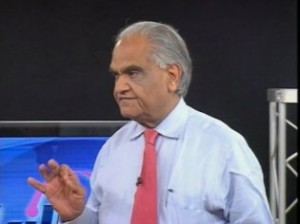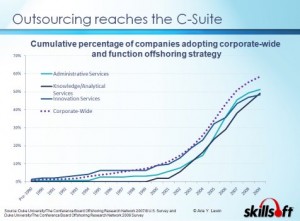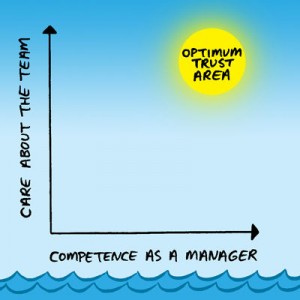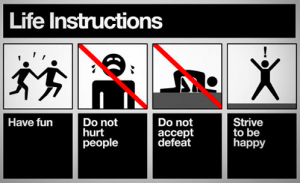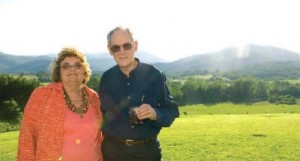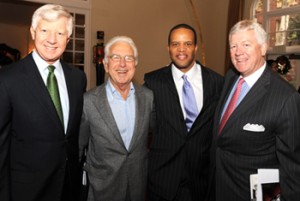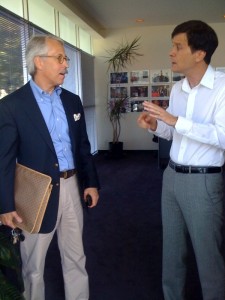Find your wings, then set out with courage
Courage is nothing more than your faith reaching THROUGH your fear, displaying itself as action in your life. It’s okay to be afraid, but ACT. – John Hope Bryant

He told this marvelous analogy about eagles: Most bird species learn to fly in small ground bursts building confidence, or like ospreys can be coaxed from their nest by food, but not eagles. Eagles are literally kicked out of the nest by momma and forced to leave their comfort zone while the father circles diligently below in the event they falter and need to be caught. Eagles must be pushed to leave their comfort zone and exercise their innate capabilities which they have yet to realize.
John Bryant believes in the same kind of idea. He urges leaders to first allow people to find their own seat and role of comfort, instead of being shown specific tasks and procedures. “Let them find their seat and then approach them.” Think about the importance of Autonomy in building engagement: let people choose their task, their team, their technique. And then push people to reach beyond their comfort zones to learn to fly. Everyone will make mistakes and it might not be graceful at first, but if you first allow people to choose their place of comfort and then push them in the direction of their possibilities, people can show that innate creativity and learn to soar.

